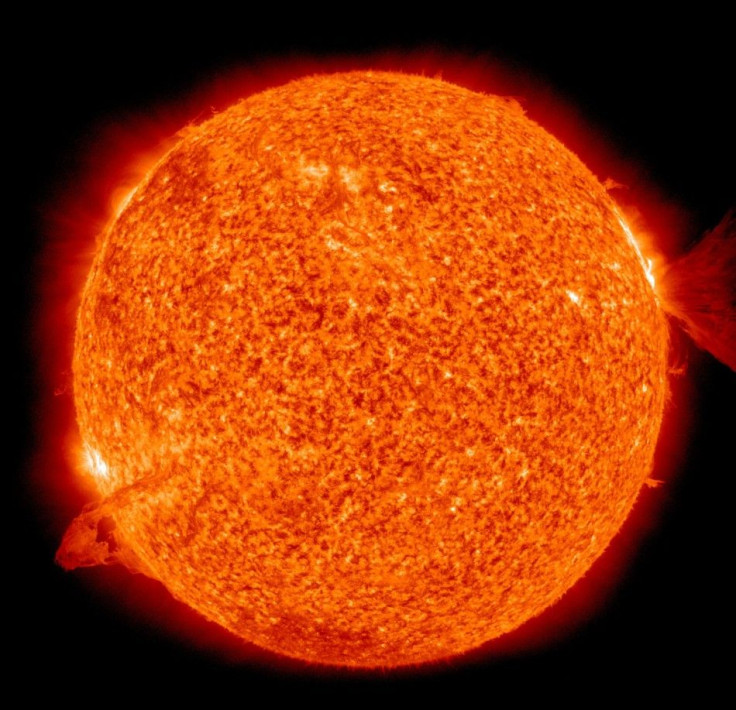Sun's Super-Heating Mystery: Scientists Pin Hopes On Parker Solar Probe

The Sun has enchanted us since the beginning of time and holds the key to life as planet Earth rotates around it year after year. What has fascinated us the most is its "super-heating mystery."
The question "Why is the Sun so hot?" has been asked millions of times but this time scientists may have the answer.
The clue lies with NASA’s Parker Solar Probe, which successfully completed its second close approach to the Sun on April 4, 2019. The spacecraft will allow scientists to unravel the mystery of the super heating of the Sun. Moreover, it will help the researchers to better understand and predict solar weather and determine where the heating of the Sun’s outer atmosphere begins and ends.
Justin Kasper, Professor of Climate and Space Sciences at the University of Michigan said super heating is a puzzle that has been staring at mankind in the eye for 500 years. Kasper said they have hopes in the Parker Solar Probe, which will complete its investigations in two more years time. “The probe will be the first man-made craft to enter the zone surrounding the Sun where heating looks fundamentally different than what has previously been seen in space,” he said.
Kasper explained that through the probe they will test their theory that heating is actually due to small magnetic waves which travel back and forth within the zone. “In the ‘zone of preferential heating’ above Sun’s surface, temperatures rise overall. High temperatures cause the solar atmosphere to swell to many times the diameter of the sun and they are the reason we see the extended corona during solar eclipses,” he said.

Kasper further said that the corona heating mystery has been visible to astronomers for centuries: “The same zone features hydromagnetic ‘Alfven waves’ moving back and forth between its outermost edge and the Sun’s surface.” Kasper said that at the Alfven point, the outermost edge, solar winds move faster and the waves can no longer travel back to the Sun. “Below the Alfven point, there is a soup of waves. Charged particles are deflected and accelerated by waves coming from all directions,” he said.
Scientists have observed the Alfven point and other surfaces to expand and contract with solar activity. Kasper elaborated that the outer boundary of the zone of preferential heating and the Alfven point moved in lockstep in a totally predictable manner despite being totally independent calculations.
He said that with Parker Solar Probe, they will be able to determine through local measurements as to what processes lead to the acceleration of the solar wind and the preferential heating of certain elements.
© Copyright IBTimes 2025. All rights reserved.





















